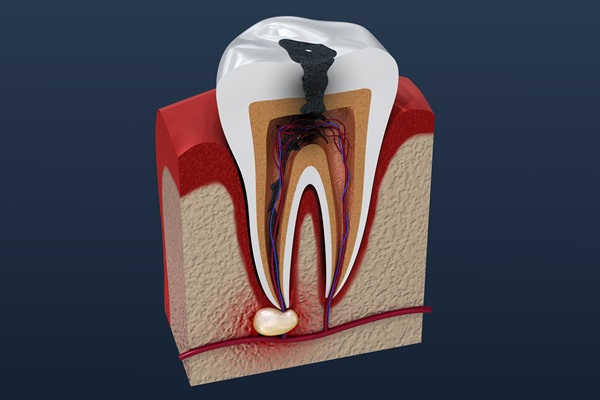 Whether you are missing a tooth or have a cracked tooth that needs repair, restorative dentistry can help. This article will discuss some of the most common dental restoration services available today.
Whether you are missing a tooth or have a cracked tooth that needs repair, restorative dentistry can help. This article will discuss some of the most common dental restoration services available today.
Tooth-colored fillings
A tooth-colored filling, also known as composite resin, is made of plastic and can be used to replace decayed areas of teeth. The material is shaped to fit over the tooth and fill in gaps left from the decay removal. Additionally, dentists use tooth-colored fillings to repair broken teeth or replace outdated amalgam (silver) dental restorations.
A composite resin is an ideal choice for restoring one’s smile because it looks natural, feels comfortable (especially for sensitive teeth), lasts longer than other dental restorations like amalgam or gold, and requires fewer treatment times in the office than any other procedure.
Dental crowns
A dental crown, also known as a cap or covering, is a dental restoration that covers and protects the tooth. It can consist of gold alloys, porcelain fused to metal, or all-porcelain material. The dentist will recommend this treatment if one or more of the patient's teeth sustain severe damage by decay or trauma.
The process of receiving a crown usually takes two appointments. The first appointment will involve removing any evidence of decay and taking an impression of the patient’s mouth. The impressions aim to ensure we have a replica of the teeth using digital imaging technology on a computer screen before making them using computer-aided design/ computer-assisted manufacturing (CAD/CAM) technology. While the mold processes, the patient will receive a temporary crown before returning to receive their permanent one within two weeks.
Dental implants
Dental implants are a popular dental restoration option that consists of titanium and are used to replace one or more missing teeth, depending on the patient’s needs. They are an excellent option for those who have lost most of their teeth and want a natural solution that can last a lifetime.
Dental implants are placed in the jawbone, where the bond with the surrounding tissue over time. This process allows one to chew food normally again without worrying about losing a dental device such as dentures or removable bridges. Undergoing the dental process will be lengthy, expanding over three to six months, but it is worth it in the end.
Dental veneers
Veneers are thin porcelain shells that the dentist bonds to the front of the teeth to improve their appearance. They are ideal for those with discolored or misshapen teeth, lengthen a short tooth, or make one’s smile appear brighter and more youthful.
Receiving dental veneer treatment is often done in two stages. The first involves preparing the natural tooth with a shaping procedure called bonding so that it will hold onto the veneer securely. Then, an impression is taken for an exact mold of each tooth before the veneers are crafted. Once crafted, the patient will schedule their second appointment to have their veneers placed.
Root scaling and planing
Root scaling and planing are among the most common dental restoration services performed yearly to treat gum disease. Gum disease is a serious problem that can lead to tooth loss, bad breath, and pain. It is caused by plaque buildup on the teeth that form tartar when combined with bacteria in the mouth. Tartar causes gum inflammation (periodontal disease), damaging the tissue that supports the teeth.
This treatment is performed in one appointment. During this process, the dentist will remove plaque and tartar from below the gum line with an ultrasonic scaler or a high-speed rotary instrument. The patient is then given either a prescription rinse or pills to clear any signs of infection.
Restore your smile today
If you would like to improve your smile, Martin Dentistry offers several dental restoration services. If you have any remaining questions or concerns regarding your oral health, contact our Stockton office at 209-299-7907 today.
Request an appointment or call Martin Dentistry at 209-299-7907 for an appointment in our Stockton office.
Related Posts
Getting the right dental restoration can improve your appearance and dental health. Your dentist will discuss the possible procedures that will fit your needs. Knowing more about these treatments can help you prepare for your next visit. Here are the common dental restoration procedures available.These restorations can be tooth-colored porcelain, gold, or composite material. This…
There appears to be some overlap between dental restorations and cosmetic dentistry. However, people need to know the difference between the two because dental insurance may cover a dental restoration but not a cosmetic procedure. This article examines the key differences between the two types of dentistry and provides examples of each.The primary difference between…
A strong and stable dental restoration can replace your missing tooth. Many people suffer from tooth loss. Using removable dentures is a way to fill the dental space. This can prevent many dental issues from developing. Here are the dental restoration options available for your missing tooth.The dentist will assess the patient’s mouth and see…


